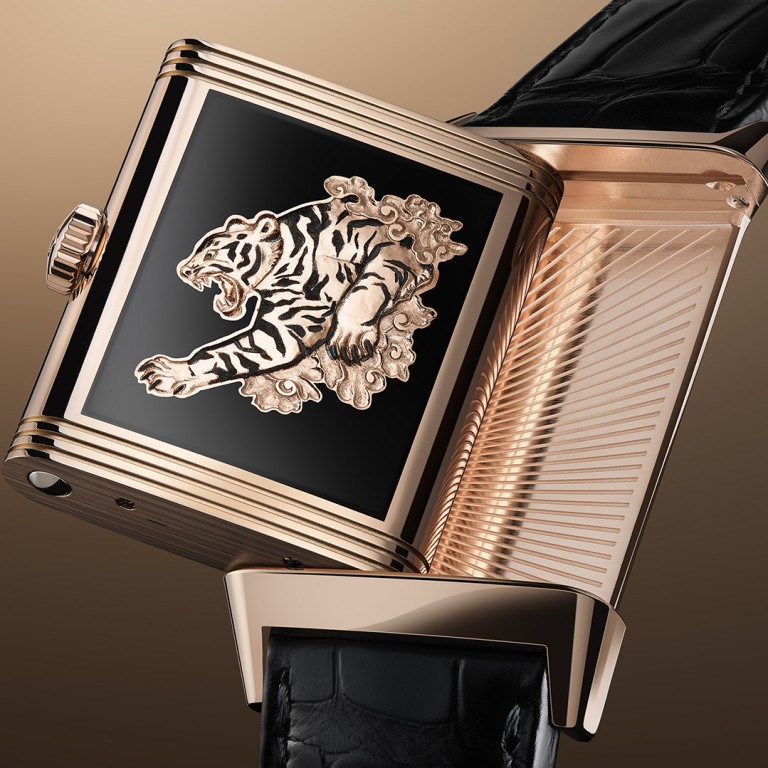Why the Jaeger-LeCoultre Reverso still rules after 90 years: the Swiss timepiece with a reversible dial, invented so British army officers could protect their luxury watches while playing polo

- JLC’s workshops in the Vallée de Joux made the first Reverso in 1931 – the legacy is celebrated in the new 2022 Reverso Tribute Enamel ‘Tiger’ model with big cat detailing
- Inspired by the original art deco feel, newer models also include the Reverso One Réédition, Reverso One Cordonnet, Reverso One Duetto Moon and Reverso Tribute Gyrotourbillon
Few watch designs have the staying power of the Reverso – appropriately enough, given that it was developed in 1931 at the request of British officers in the Indian Army, who were eager to protect their watches from damage during polo matches. The request eventually came to the attention of Jaeger-LeCoultre in their workshops in the famous Vallée de Joux, Switzerland, and they set to work.

According to the brand, the Reverso has remained “eternally modern, daring always to be itself, without compromise, through nine decades of social change, shifting tastes and advancing technology”. In the last 30 years, with the revival of mechanical watchmaking and the blossoming of interest in high artistry, the watch has fulfilled a potential that the watchmaker could not have imagined at the time of its creation.
Designed during the art deco period, the Reverso epitomised the spirit of its time – an exuberant modernity that changed everything from music and art to architecture, fashion and sport. The case fits so snugly into its carrier that, at first glance, there is no evidence that it can be flipped over. The proportions of the original rectangular case were crucial to the success of the design: the ratio of its length to its width was based on the golden ratio – a mathematical relationship defined by the ancient Greeks, which humans instinctively find to be the most aesthetically pleasing proportion.

At a time when silvered dials prevailed, the original Reverso models featured a black dial with contrasting indexes, offering greater legibility and referred to as “the dial of the future”. Soon, aesthetic variations followed: coloured dials, which were then rare, tricked out in bright red, chocolate brown, burgundy or blue lacquer, which made the Reverso a timepiece beloved for its modernity and distinctiveness. The brand also took a lead on inclusion, with resized models in different case metals for women, envisioned to be worn on a cordonnet bracelet or transformed into pendants or handbag clips.
The sleek art deco lines and reversible case make the Reverso one of the most immediately recognisable watches of all time. Throughout its nine decades though, it has been continually reinvented, housing over 50 different calibres, while its blank metal flipside has long become a canvas for creative expression, decorated with enamel or engravings. The scope for personalising this adds to its appeal among watch enthusiasts.